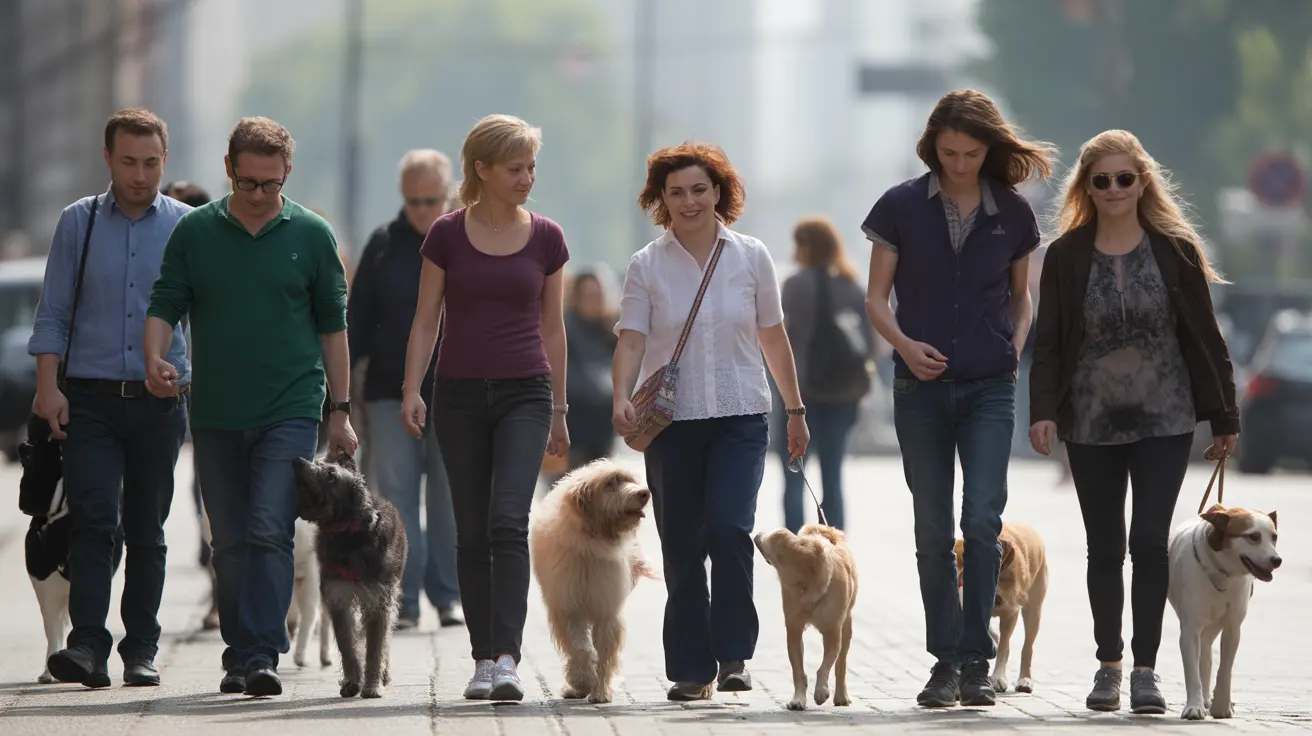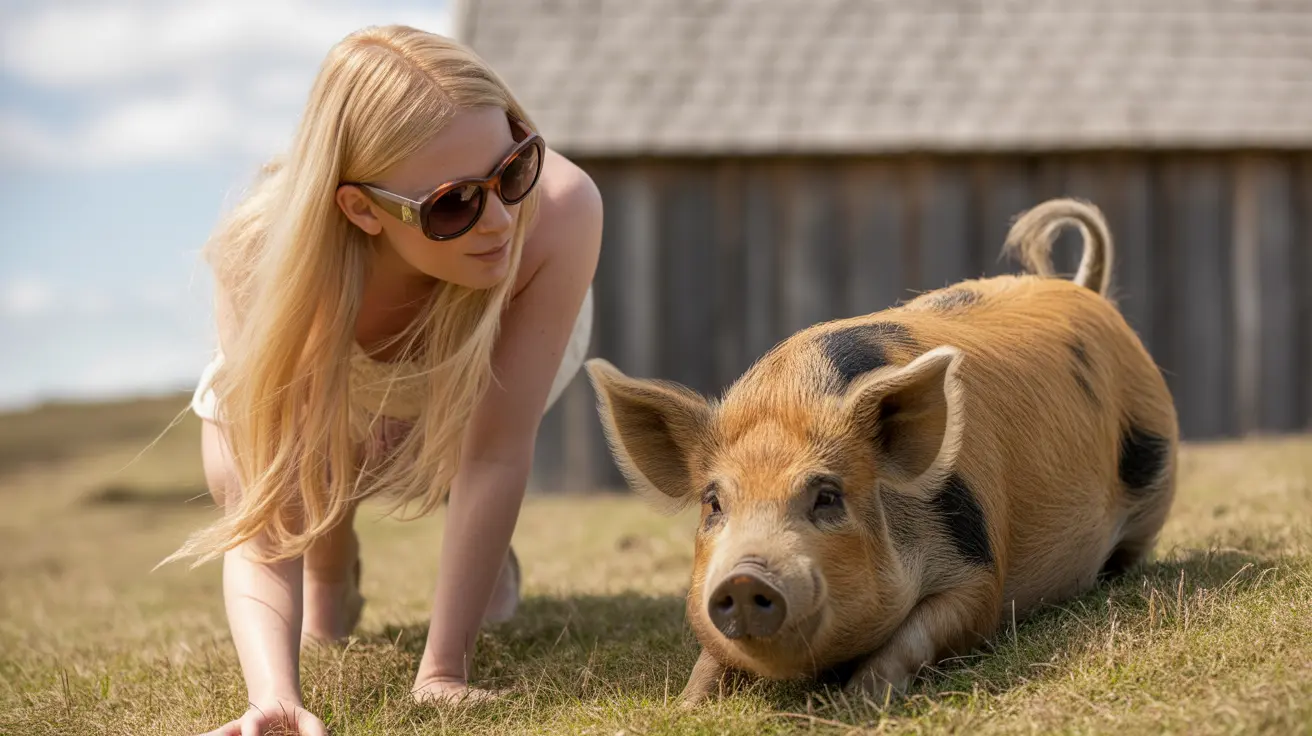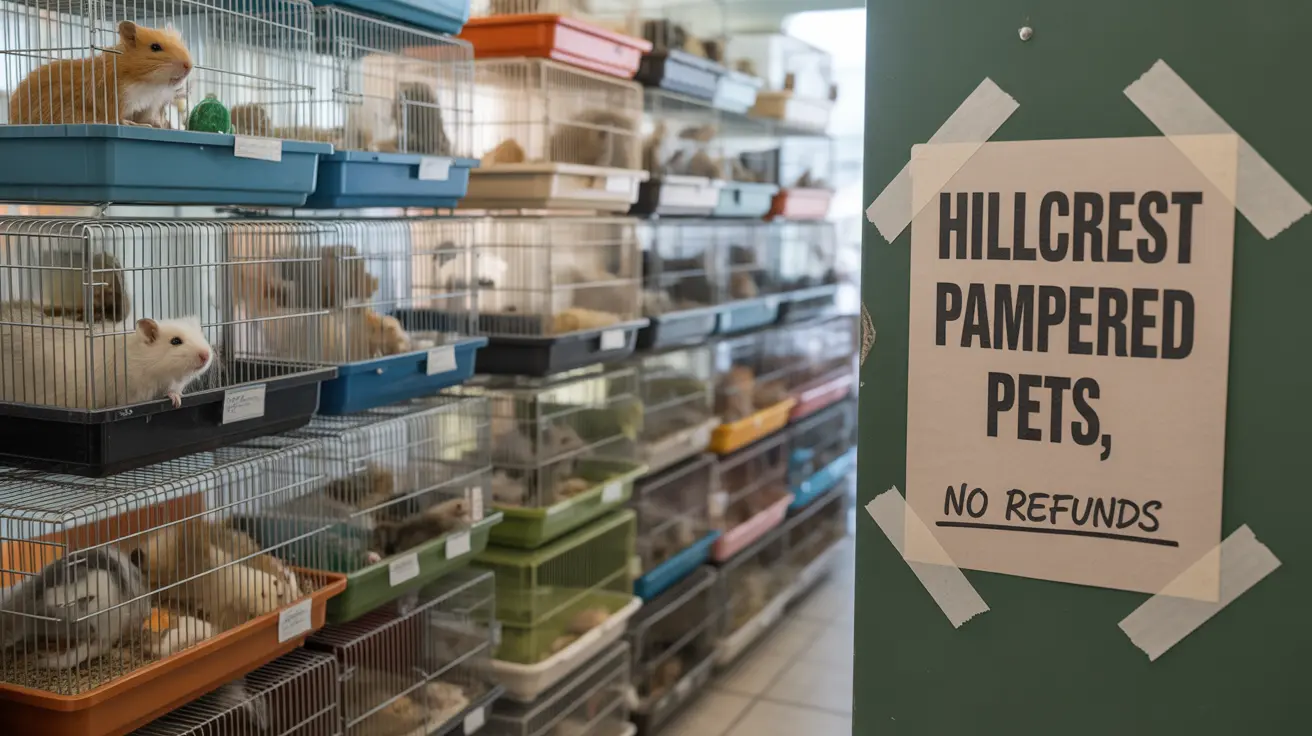Understanding Puppy Teething: Stages, Symptoms, and Care
Puppy teething is a natural process that every dog owner will witness as their young companion grows. It marks the transition from toothless newborns to playful pups with a full set of adult teeth. Let's dive into what happens during this phase, how you can help your puppy through it, and what to watch out for along the way.
The Timeline of Puppy Teething
Puppies are born without teeth because they rely solely on their mother’s milk for nourishment. The first signs of teething appear when their baby (deciduous) teeth start erupting at around three weeks old. Over the next three to five weeks, these tiny teeth continue to emerge until the puppy is about six to eight weeks old. By then, most puppies have a complete set of 28 baby teeth, including:
- Incisors at the front for nibbling
- Canines (the sharp “fang” teeth)
- Premolars for chewing
The real action begins when these baby teeth start falling out—usually around three-and-a-half months old. Some pups may start losing teeth as late as four or five months. Large or giant breeds often get their adult teeth sooner than smaller breeds.
The order in which baby teeth fall out generally goes like this:
- Incisors are lost first.
- Canines and premolars follow.
- Molars, which weren’t present as baby teeth, erupt last between five and seven months.
By six months old, most puppies have all 42 adult teeth.
Signs and Symptoms of Teething
Puppy teething isn’t just about losing and gaining new teeth—it comes with its own set of challenges. You might notice:
- Excessive chewing: Puppies instinctively chew more to relieve sore gums.
- Mild drooling
- Slight bleeding or red/swollen gums
- Crying or whimpering: Some discomfort is normal.
- Finding baby teeth on the floor (or none at all): Many puppies swallow their lost teeth while eating or playing.
- Temporary behavioral changes: Increased mouthiness or destructive chewing may occur but usually fades with time and training.
How to Help Your Teething Puppy
Your puppy will look for relief from sore gums by chewing anything they can find—sometimes even your favorite shoes! Here’s how you can help them cope safely:
- Offer appropriate chew toys: Soft rubber toys (like KONG), edible dental chews made for puppies, or chilled/frozen toys can soothe sore gums.
- Try cold treats: Frozen carrots, blueberries, or green beans are safe options that provide relief (and a tasty distraction).
- Avoid hard items: Bones, antlers, hard nylon toys, fleece/fabric toys, rawhide, and bully sticks can break puppy teeth or pose choking hazards.
- Supervise chewing: No toy is completely safe if left unattended; always keep an eye on your pup during playtime.
- Redirect inappropriate chewing: If your puppy starts gnawing on furniture or hands, calmly redirect them to a suitable toy.
- Bite inhibition training: If your puppy nips too hard during play, react with a high-pitched “ow” and immediately offer a toy instead. This teaches them gentle play habits.
Puppy Dental Care Starts Early
Caring for your puppy’s mouth shouldn’t wait until adulthood. Begin regular tooth brushing using dog-specific toothpaste and brushes as soon as possible. Yearly dental checkups with your veterinarian will help catch any issues early—especially problems like retained deciduous (baby) teeth that don’t fall out on schedule.
Dangers of Retained Baby Teeth and When to See a Vet
If some baby teeth don’t fall out naturally (a condition called retained deciduous teeth), they can cause overcrowding, misaligned bites (malocclusion), discomfort, and even increase the risk of gum disease. These stubborn baby teeth usually need removal by a veterinarian—often done during spay/neuter surgery for convenience and safety.
If you notice any severe symptoms such as refusal to eat, persistent bleeding from the mouth, foul breath, swollen gums, bad odor, or obvious pain that doesn’t resolve quickly, contact your vet promptly. These could indicate infections or other dental problems needing professional care.
The End of Teething: What Comes Next?
Puppy teething typically ends by six months of age when all adult teeth have erupted. Most behavioral changes—like excessive chewing—fade as discomfort subsides. With patience, supervision, proper chew toys, early dental care routines, and regular veterinary guidance, you’ll help your puppy sail through this sometimes-bumpy stage while setting them up for lifelong oral health.





